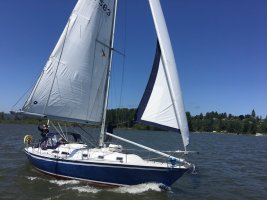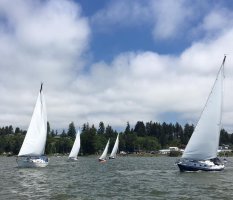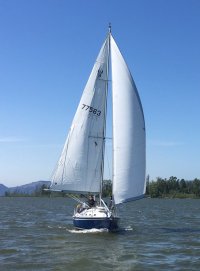Chris Miller
Sustaining Member
Hey all...
I'm looking into doing halyard replacements for the E38-200 and was doing some digging through the archives here. I came across this quote from Sean and wanted to see whether or not the same was true for my boat as the boat in question in this quote about sheave size. I'd like to replace the stuff without the cost and hassle of yanking the rig and replacing the sheave box. My goal is to use all pre-spliced rope halyards from APS.
Thoughts?
Here's the quote...
I'm not sure about the 30-1, but I just had a rigger on my boat on Wednesday, and he told me that the original sheaves that Ericon used were maxed with the original line.
So, I would say (although you should check with other 30-1 owners) that you can do it as long as you stay with the same diameter line (my situation).
Do you have your specification docs for the 30-1 running rigging? If you do, you'll have your answer....
By the way, Sean, that was from Dec of 2000...
I'm looking into doing halyard replacements for the E38-200 and was doing some digging through the archives here. I came across this quote from Sean and wanted to see whether or not the same was true for my boat as the boat in question in this quote about sheave size. I'd like to replace the stuff without the cost and hassle of yanking the rig and replacing the sheave box. My goal is to use all pre-spliced rope halyards from APS.
Thoughts?
Here's the quote...
I'm not sure about the 30-1, but I just had a rigger on my boat on Wednesday, and he told me that the original sheaves that Ericon used were maxed with the original line.
So, I would say (although you should check with other 30-1 owners) that you can do it as long as you stay with the same diameter line (my situation).
Do you have your specification docs for the 30-1 running rigging? If you do, you'll have your answer....
By the way, Sean, that was from Dec of 2000...





